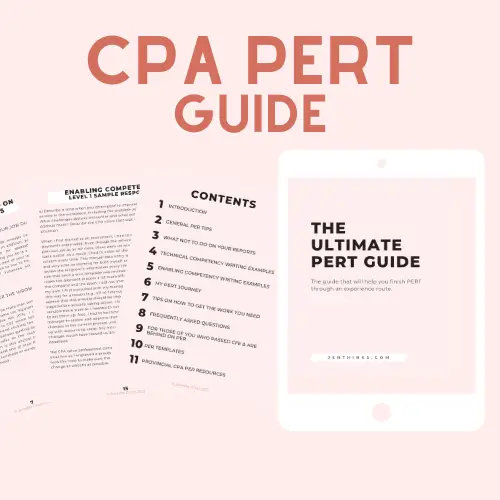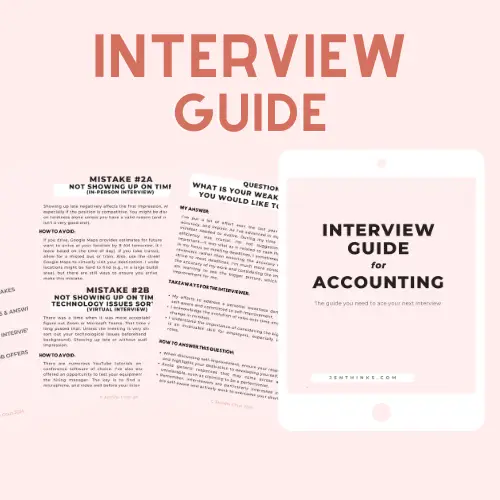Now that I have completed both Core 1 & Core 2 (pending exam result), my next module will be the Extended Finance Module.
I decided on which CPA PEP Electives to take very early on in my CPA journey. Since I work in the industry, I have the freedom* to choose 2 from any of the electives available: Audit & Assurance, Finance, Performance Management and Tax. I love numbers and treasury management so I knew Finance would be an interesting module for me. However, the finance module actually touches on a few more areas that I will cover in this post.
If you are deciding on whether or not to take Finance as your elective, I hope this post will be helpful to you.
RELATED POST – CPA Performance Management – Why Did I Choose the PM Module?
What Topics Does the Finance Module Cover?
The following topics are taken from the survival guide (Nov 2019) for the finance module (accessible on the Intro to PEP module on CPA D2L).
TOPICS PREVIOUSLY COVERED IN CORE MODULES
Finance
Working Capital Management
– working capital = current assets – current liabilities
– about how a company manages its working capital efficiently
Capital Markets
– the financial markets allow people to buy and sell financial instruments (stocks, bonds, currencies etc)
– about the 5 different markets (capital, money, derivatives, commodities & currencies)
– how they work, how to issue securities in these markets, how prices are set and react
Derivatives and Risk Management
– about how companies use derivatives to manage risks related to interest rate changes, FX changes etc.
– about the different types of derivatives: forwards, futures, options and swaps
Investing and Portfolio Diversification
– about the relationship between risk and rewards for investments
– how does a portfolio of investments work?
– about the types of strategic investments and alliances
Project Financing
– project financing is a specialized, stand-alone long-term financing for large projects
– about what project financing is, the structure and pros and cons
~ More CPA Posts ~
CPA PEP Core 1 – How to Study for the Module and the Exam
CPA PERT – Ultimate Guide on How to Get Your First Experience Report via EVR Approved
CPA PERT – Enabling Competencies Examples
Densmore for CPA PEP – Are The PEP Essentials Packages Worth It?
CPA PEP Module – Regular Module or Extended Module?
Sources of Financing
– discusses the types of financing available for a company
– about how a company comes to the decision on which source of financing to use, their pros and cons
Cost of Capital
– cost of capital = the return the lender/investor providing the equity (money) expect for making the investment
– about why cost of capital is an important concept for decision making
Capital Structure
– capital structure = the proportion of capital source a company use to finance its operations
– about how the optimal mix is determined and also the impact on cost of capital when debt/equity is added/removed
Capital Budgeting
– about the process company uses to make a decision on what long-term investments to make
– incorporates the CPA way for case-writing
Net Present Value (NPV)
– NPV is used to determine the value of future cash flows after taking into account time value of money
– about the NPV technique and how it can be used to evaluate projects
Time Value of Money (TVM)
– the concept of how a fixed amount of money now is more valuable than that same amount of money in the future
– about how this concept is used to evaluate projects based on different scenario
Valuations: Big Picture, Asset-Based Approaches, Income-Based Approaches, Tangible and Intangible Assets
– discusses the different types of business valuation techniques, pros and cons and when to use which
– each technique is discussed in details in its own chapters
Financially Troubled Entities
– about the definition of when a company is financially troubled
– discusses the symptoms of a financially troubled company
– about the various steps a company can take when it’s financially troubled
Purchase, Expansion or Sale of a Business
– about the different factors to consider when acquiring or selling assets
– discusses the different ways to sell or acquire a business (either buy/sell the assets or the shares)
– discusses the use of share compensation instead of cash/salary
– about how these share compensations work and their impact on the company and employees
Enabling Competencies (a useful skill for case-writing)
Financial Statement Analysis
– teach you how to perform financial statement analysis on a case
TOPICS ASSIGNED TO ELECTIVE MODULE STUDENTS
Finance
Pro Forma Statements and Free Cash Flows
– about how pro forma statements are used for scenario models, cash requirements estimation, financial proposals
– free cash flow = amount of cash available to the company after the required amount for operations
Leasing
– discusses the pros and cons of leasing an asset vs. buying
– about how to determine which one is the better option financially
– about sales leaseback transaction (sell the asset and lease it from the buyer)
Dividend Policy
– about how the board makes decision on whether to distribute dividends or reinvest the earnings
– discusses the different types of distribution available
Conclusion
If the topics above interest you, consider taking the Finance module. Since I work in Finance at a Software company, I find the topics very applicable in my work setting. Hence, I will be able to learn and apply the materials continually when I study and work.
*Note, if you want to work in public accounting, you must take both Audit & Assurance and Tax modules in order to apply for the Public License with your provincial body.


